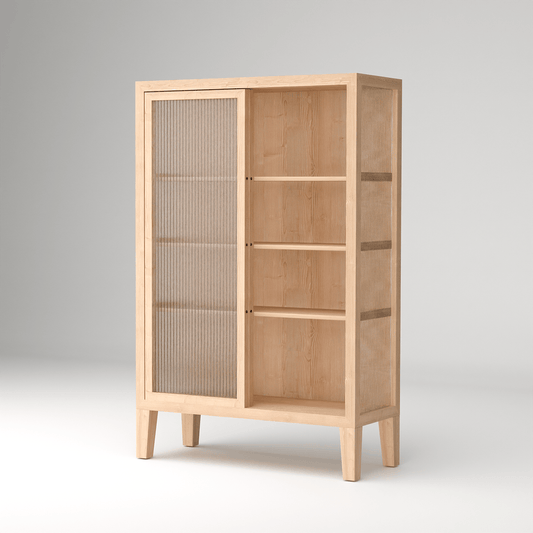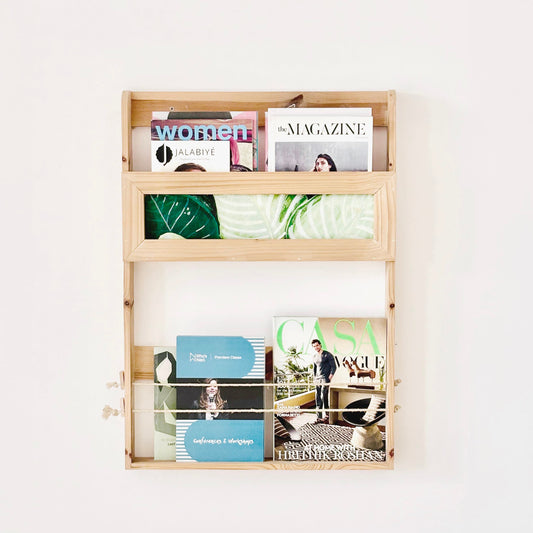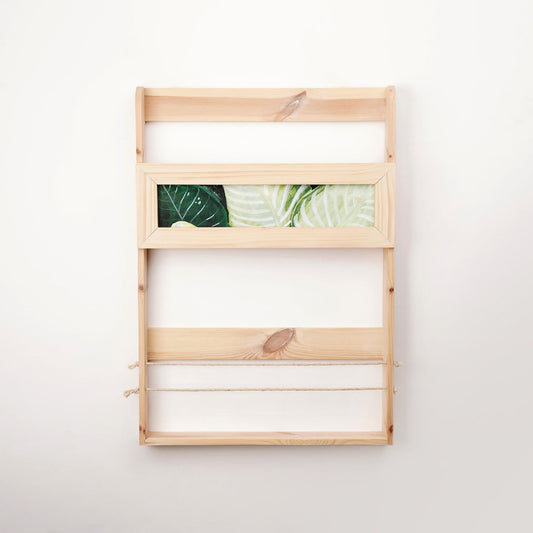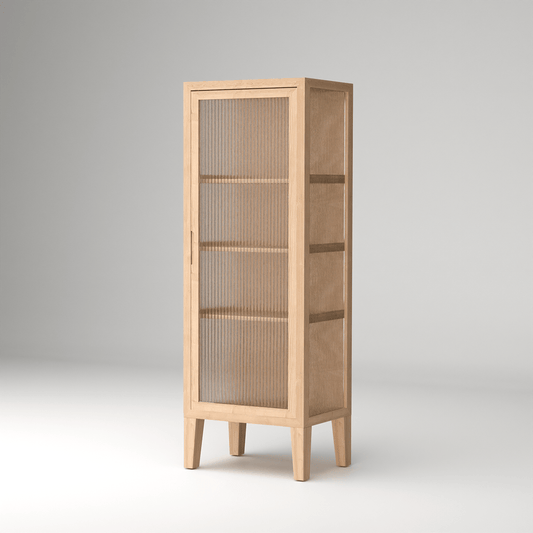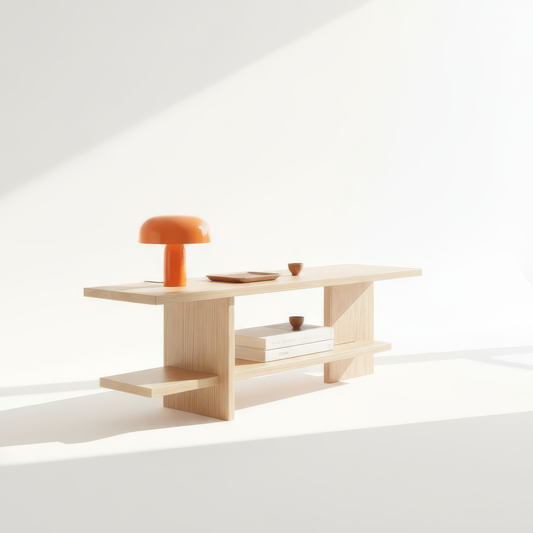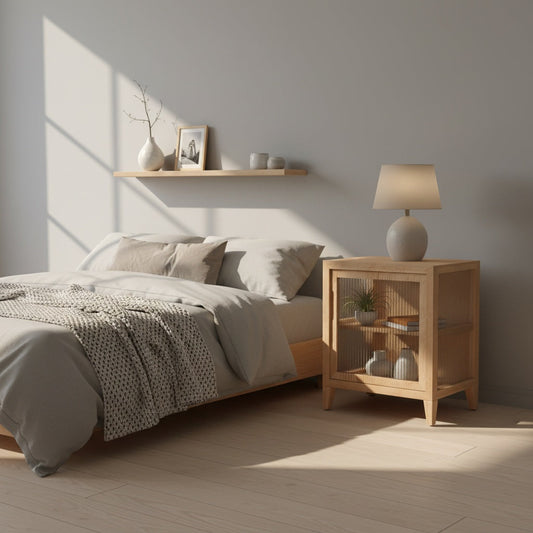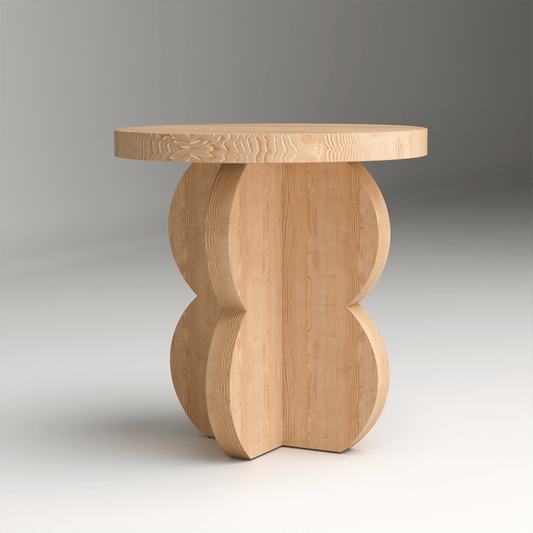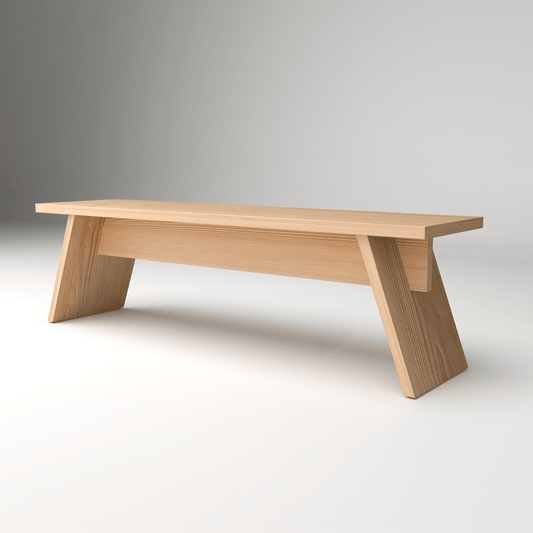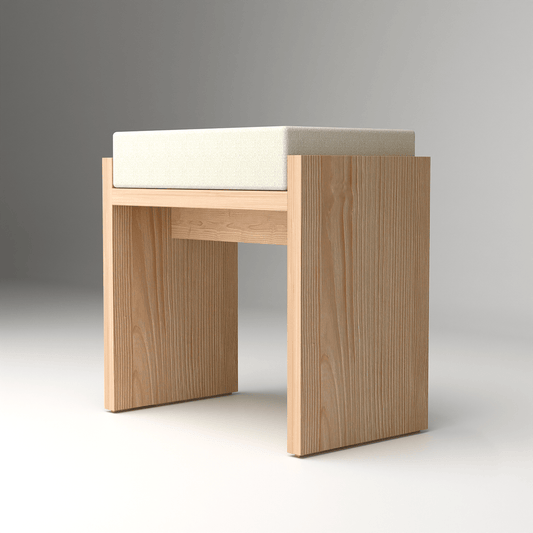The fusion of Japanese and Scandinavian design philosophies has created one of the most compelling interior design movements of our time. Japandi design combines the serene minimalism of Japanese aesthetics with the cozy functionality of Scandinavian hygge, resulting in spaces that are both deeply calming and genuinely livable. This harmonious blend offers modern homeowners a path to creating environments that prioritize both beauty and well-being.
Understanding Japandi Origins
Japanese Design Philosophy
Japanese design has long emphasized the beauty of simplicity, the importance of natural materials, and the concept of ma (negative space). Traditional Japanese interiors celebrate the inherent beauty of materials, the play of light and shadow, and the peaceful coexistence of function and form.
Scandinavian Design Heritage
Scandinavian design emerged from the Nordic countries' need to create warm, functional spaces during long, dark winters. This tradition emphasizes natural materials, clean lines, and the concept of hygge - the feeling of cozy contentment that comes from simple pleasures and comfortable surroundings.
The Perfect Fusion
Shared Values: Both traditions prioritize natural materials, craftsmanship, and functional beauty Complementary Strengths: Japanese restraint balanced by Scandinavian warmth Modern Relevance:Design principles that address contemporary needs for calm, organized living Universal Appeal: Aesthetics that transcend cultural boundaries
Core Japandi Design Elements
Color Palette Foundations
Neutral Base: Whites, creams, and soft grays create serene foundations Natural Wood Tones: Warm timber colors add organic warmth Earth-Inspired Accents: Muted greens, soft browns, and gentle beiges Monochromatic Harmony: Limited color schemes that promote visual calm
Material Selection
Natural Wood: Both traditions celebrate timber's inherent beauty and warmth Natural Textiles: Linen, cotton, and wool in their unprocessed states Stone and Clay: Earth materials that connect interiors to nature Handcrafted Elements: Pieces that show the maker's touch and intention
Spatial Relationships
Negative Space Appreciation: Empty areas that allow the eye and mind to rest Clean Lines: Geometric simplicity that creates visual order Functional Flow: Layouts that support daily life without unnecessary complexity Natural Light Emphasis: Maximizing daylight while maintaining privacy
Furniture Selection for Japandi Interiors
Essential Pieces
Low-Profile Seating: Furniture that maintains horizontal emphasis Natural Wood Tables: Surfaces that celebrate timber's organic beauty Minimal Storage Solutions: Organization that maintains clean aesthetics Handcrafted Accents: Pieces that add personality without overwhelming
The Nordic Fluted Glass Bedside Table at ₹27,900 perfectly embodies Japandi principles, combining clean Scandinavian lines with the Japanese appreciation for natural materials and functional beauty, creating bedside storage that feels both purposeful and serene.
Avoiding Over-Decoration
Quality Over Quantity: Fewer, better-made pieces rather than numerous items Intentional Selection: Every piece serving a clear purpose Visual Breathing Room: Space between objects that allows each to be appreciated Timeless Appeal: Choosing pieces that won't become outdated quickly
Room-by-Room Japandi Applications
Living Room Serenity
Seating Arrangements: Low, comfortable furniture that encourages relaxation Coffee Table Selection:Simple surfaces that don't dominate the space Storage Integration: Organization that maintains visual calm Natural Element Integration: Plants, wood, and stone that connect to nature
Bedroom Tranquility
Bed Selection: Platform beds that emphasize horizontal lines Bedside Simplicity: Minimal nightstands that serve essential functions Wardrobe Solutions: Closed storage that maintains clean aesthetics Textile Choices: Natural fabrics in calming, neutral colors
Kitchen and Dining Harmony
Cabinet Aesthetics: Clean-lined storage that emphasizes natural materials Dining Furniture: Simple tables and chairs that facilitate gathering Appliance Integration: Equipment that blends seamlessly with overall design Natural Material Emphasis: Wood, stone, and ceramic elements
Home Office Calm
Desk Selection: Simple work surfaces that promote focus Storage Solutions: Organization that maintains mental clarity Lighting Choices: Natural and artificial light that supports concentration Minimal Decoration:Spaces that encourage productivity without distraction
Creating Japandi Atmospheres
Lighting Design
Natural Light Maximization: Window treatments that filter rather than block daylight Warm Artificial Lighting: Bulbs that mimic natural light temperatures Layered Illumination: Multiple light sources that create ambient warmth Shadow Play: Lighting that creates interesting patterns and depth
Textile Integration
Natural Fiber Priority: Materials that age beautifully and feel authentic Neutral Color Schemes: Fabrics that support rather than compete with architecture Texture Variation: Different weaves and materials that add tactile interest Seasonal Adaptability: Textiles that can be changed to reflect seasons
Plant Integration
Minimal Plant Selection: Few, well-chosen plants rather than numerous specimens Natural Container Choices: Pots and planters in ceramic, wood, or stone Architectural Plant Forms: Species with interesting shapes and structures Care Simplicity: Plants that thrive with minimal maintenance
Craftsmanship in Japandi Design
Handmade Element Appreciation
Visible Craftsmanship: Pieces that show the maker's skill and attention Natural Imperfections: Embracing variations that come from handwork Local Artisan Support: Choosing pieces made by skilled craftspeople Story and Meaning: Objects that carry personal or cultural significance
The Solid Pine Wood Nightstand - SOMA at ₹34,500 exemplifies this appreciation for craftsmanship, featuring handcrafted details and natural pine wood that celebrates both the material's inherent beauty and the maker's skill.
Quality Investment Philosophy
Durability Priority: Choosing pieces built to last decades Timeless Design: Avoiding trendy elements that quickly become dated Repair and Maintenance: Selecting items that can be cared for and restored Emotional Connection: Pieces that become more meaningful over time
Sustainability in Japandi Design
Environmental Consciousness
Natural Material Priority: Choosing renewable and biodegradable materials Local Sourcing: Supporting nearby artisans and reducing transportation impact Longevity Focus: Investing in pieces that won't need replacement Minimal Waste: Design approaches that generate little environmental impact
Mindful Consumption
Need-Based Purchasing: Buying only what truly serves your life Quality Over Quantity: Fewer, better-made items rather than numerous pieces Multi-Generational Thinking: Choosing pieces that can be passed down Repair Culture: Maintaining and restoring rather than replacing
Color Psychology in Japandi Spaces
Neutral Color Benefits
Stress Reduction: Calm colors that promote relaxation and well-being Flexibility: Neutral backgrounds that work with changing seasons and moods Timeless Appeal: Colors that won't become outdated or tiresome Light Enhancement: Pale colors that maximize natural and artificial light
Accent Color Integration
Natural Inspiration: Colors drawn from nature rather than artificial sources Seasonal Variation: Subtle color changes that reflect natural cycles Personal Expression: Limited color accents that reflect individual personality Harmony Maintenance: Colors that support rather than disrupt overall calm
Technology Integration in Japandi Interiors
Invisible Technology
Hidden Wiring: Cable management that maintains clean aesthetics Integrated Charging: Power solutions built into furniture rather than visible Minimal Devices: Technology that serves clear purposes without dominating Natural Material Housings: Device covers and cases in wood or other organic materials
Digital Minimalism
Intentional Use: Technology that enhances rather than complicates life Designated Spaces: Specific areas for device use and charging Screen-Free Zones: Areas dedicated to rest and contemplation Natural Light Priority: Spaces designed around daylight rather than screens
Maintenance and Care
Preserving Natural Materials
Gentle Cleaning: Methods that protect rather than damage natural finishes Seasonal Care: Maintenance routines that adapt to environmental changes Professional Restoration: When to seek expert care for valuable pieces Preventive Measures: Protection that maintains beauty without hiding materials
Lifestyle Integration
Daily Habits: Routines that support and maintain Japandi aesthetics Mindful Use: Treating objects with respect and intention Regular Decluttering: Periodic removal of items that no longer serve Appreciation Practice: Taking time to notice and enjoy your environment
Budget Approaches to Japandi Design
Investment Priorities
Key Pieces First: Starting with furniture that anchors the space Natural Material Focus: Prioritizing authentic materials over synthetic alternatives Craftsmanship Value: Investing in well-made pieces that last Gradual Development: Building Japandi interiors over time rather than all at once
Cost-Effective Strategies
DIY Natural Finishes: Learning to care for and restore natural materials Local Artisan Discovery: Finding skilled makers in your area Vintage and Antique Integration: Incorporating older pieces that embody Japandi principles Seasonal Textile Changes: Refreshing spaces with new textiles rather than furniture
Cultural Sensitivity and Authenticity
Respectful Appreciation
Understanding Origins: Learning about the cultural roots of design elements Avoiding Appropriation:Using principles rather than copying specific cultural objects Supporting Authentic Makers: Choosing pieces from artisans who understand the traditions Personal Interpretation: Adapting principles to your own cultural context and needs
Modern Adaptation
Contemporary Needs: Applying traditional principles to modern living requirements Cultural Fusion:Respectfully blending elements from different traditions Personal Expression: Making Japandi principles work for your individual lifestyle Evolution and Growth: Allowing your interpretation to develop over time
Creating Your Japandi Journey
Japandi design offers a path to creating homes that truly support well-being, combining the best of Japanese and Scandinavian design traditions. By embracing natural materials, celebrating craftsmanship, and prioritizing both function and beauty, you can create spaces that feel both deeply calming and genuinely livable.
The key to successful Japandi design lies in understanding that it's not about copying a specific look, but about embracing principles that prioritize quality, simplicity, and connection to nature. Whether you start with a single room or gradually transform your entire home, Japandi design offers a timeless approach to creating spaces that enhance your daily life while reflecting your values and aesthetic sensibilities.


